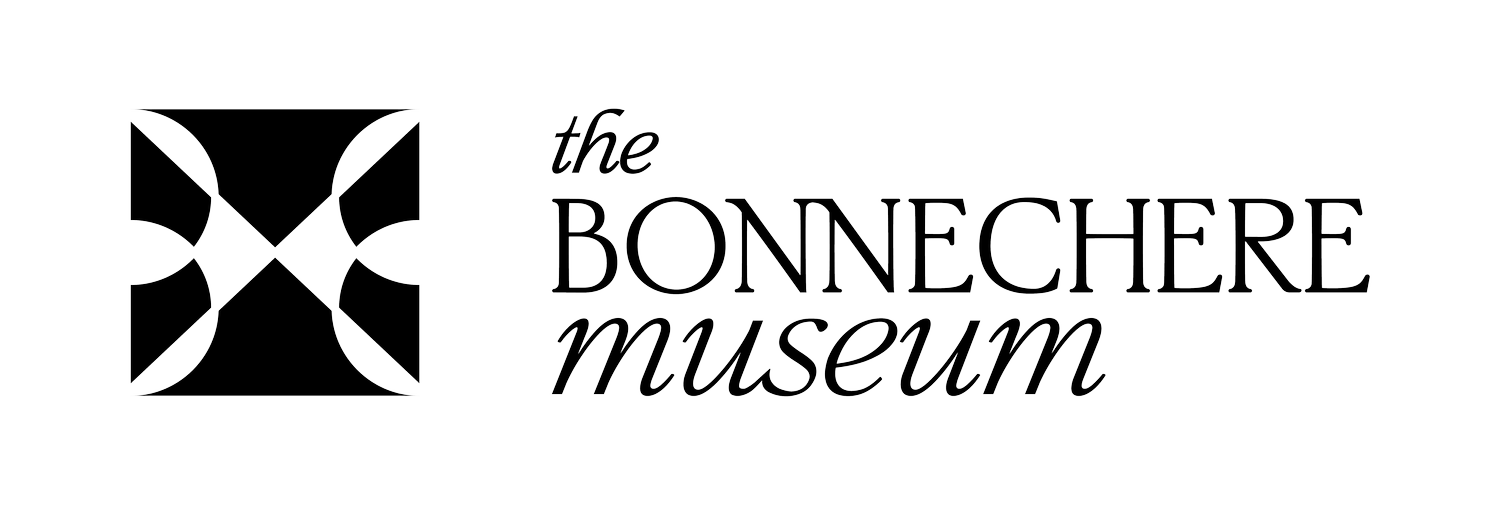Artifacts and Roads
It is better to give than to receive. The phrase has different meanings depending on whether you are still thinking about Christmas, or the Acts of the Apostles, or income tax, or Bonnechere Museum.
It's time for artifacts.
On both Saturdays, January 25 and February 2, from 10:00 AM until 3:00 PM the museum board members and volunteers will be at the museum to start receiving artifacts. The focus is local artifacts, most of which may come from the four municipalities that make up Bonnechere Valley Township. However, since objects, activities and lands of the whole Bonnechere Watershed are intertwined, the museum will accept some artifacts which reflect these broader roots.
Objects, land and family records, memorabilia
The following list will give a glimpse of the range of local artifacts possible: timber era, agriculture, settlement, businesses, post office, manufacturing, military, natural history, arts, household items, telephone equipment, churches, schools, professions, occupations, sports, glass, photographs and negatives, family history, crafts, textiles. Because of space limitations, the museum prefers artifacts that can be placed in a display case or upon a wall or pedestal. There is room for some that are a bit larger that one person could move about, but the upstairs will need to be remodeled to accommodate large and permanent objects. It is the intent to have many of the main floor artifacts displayed on a rotation basis. The museum welcomes objects which show the heritage past and recent history too. If you have questions or transportation concerns, the following are contact persons: Mike Stone 754 2552, Jo-Anne Koch 628 3137, Preston O'Grady 628 3240.
Forms and signatures
A museum must keep records. Since donated artifacts are gifts to the museum, not loans, owners need to be willing to sign a gift form indicating that they indeed are the owners and that the object is being given to the museum with no strings attached. The new owner will be the museum. There will be several people available to help make this simple transfer. The museum will need to give each object an accession number and enter a record of the donated object in its ledger. The museum must keep an archive or documentation form giving a short history of each artifact. Owners will asked about the origin, the location, and the length of time in use.
We've come a long way
"From an idea, to a meeting, to a committee, to directives, to new members - that was the easy part," said Chairman Mike Stone, at the first museum meeting of 2002. "Then", he said, "came the nitty gritty. It was not just a matter of collecting stuff and hanging it on the walls or putting it in showcases. Instead, it meant plans and design, deconstruction and reconstruction, and a great paper chase learning what forms and records had to be in place for smooth operating." He went on to say, "The phone calls, the emails, the research, the meetings, the fund raising and having fun were all part of the background for the highlight, the grand finale of 2001, namely, the open house with its displays, positive comments, very supportive donations and great entertainment." He closed his remarks indicating priorities for 2002: reorganizing committees, planning daily operations, installing wall treatment and showcases, getting a wheel chair ramp, beginning renovations on the second floor, seeking a computer and microfilm reader, and calling for artifacts soon so that exhibits can be prepared for a spring opening."
Your museum
Make sure to let museum members know what you want to see in your museum. Its success depends on many the things, the most important of which is that it is truly representative of the area and the people who have built its heritage.
